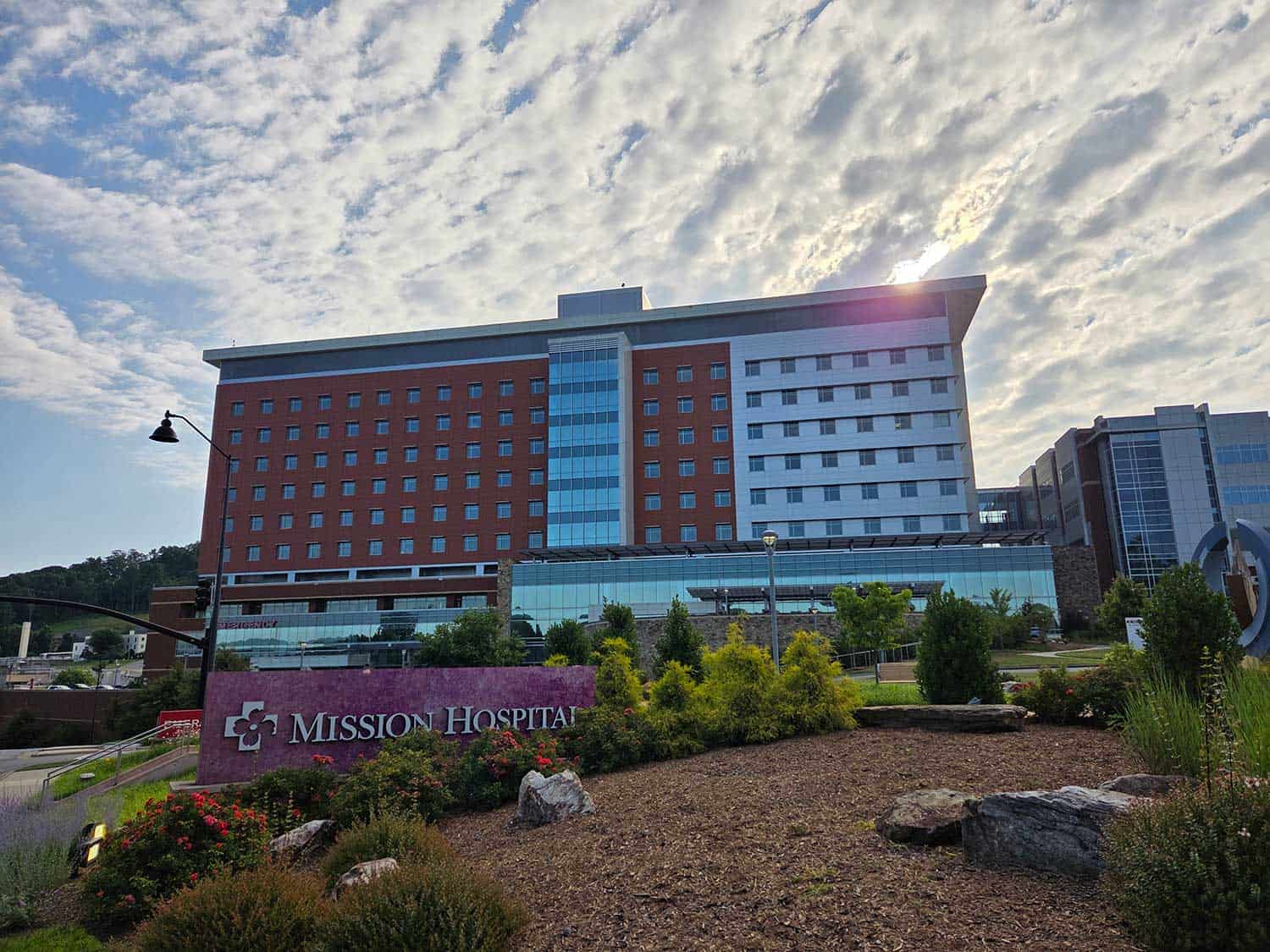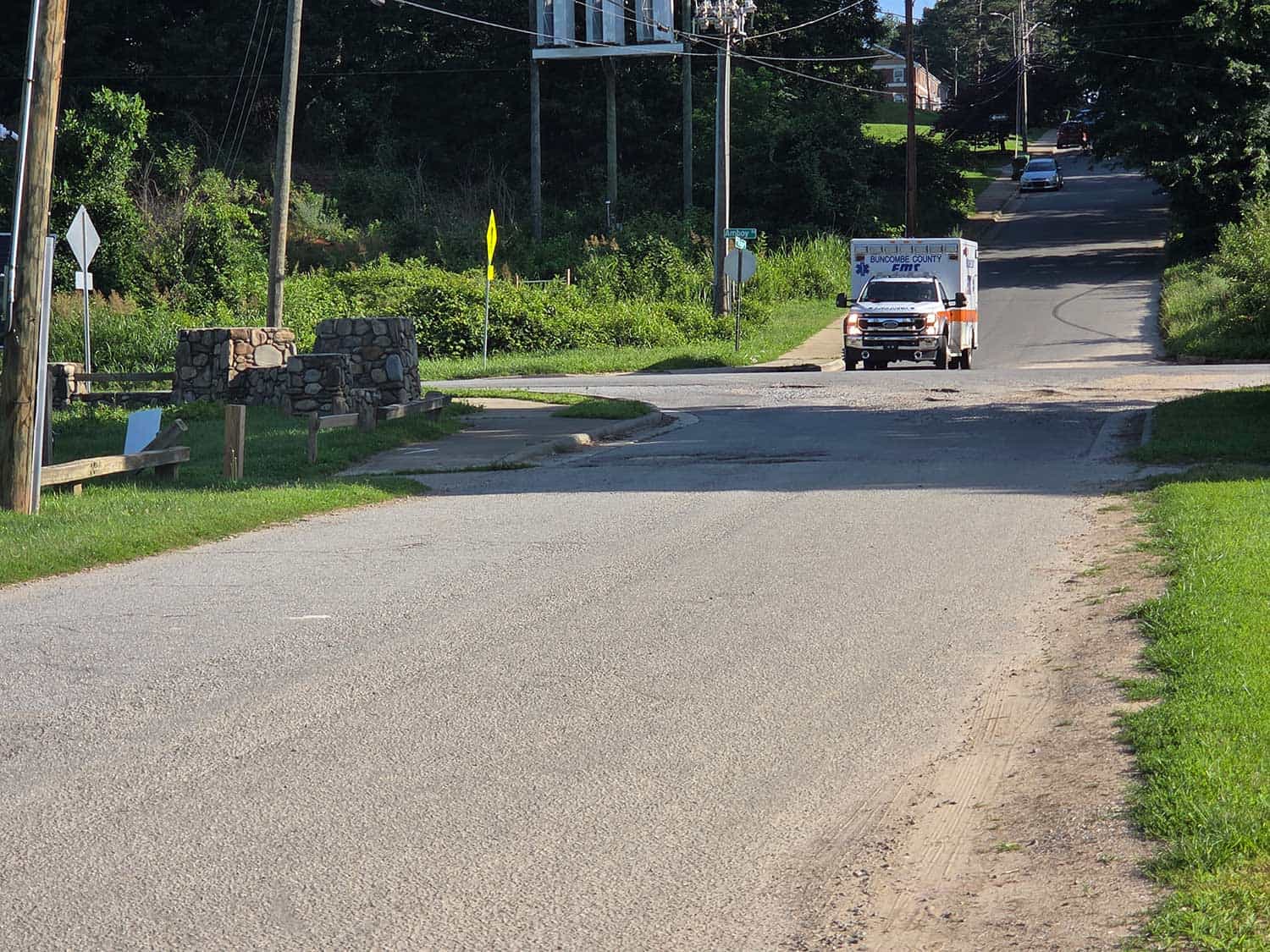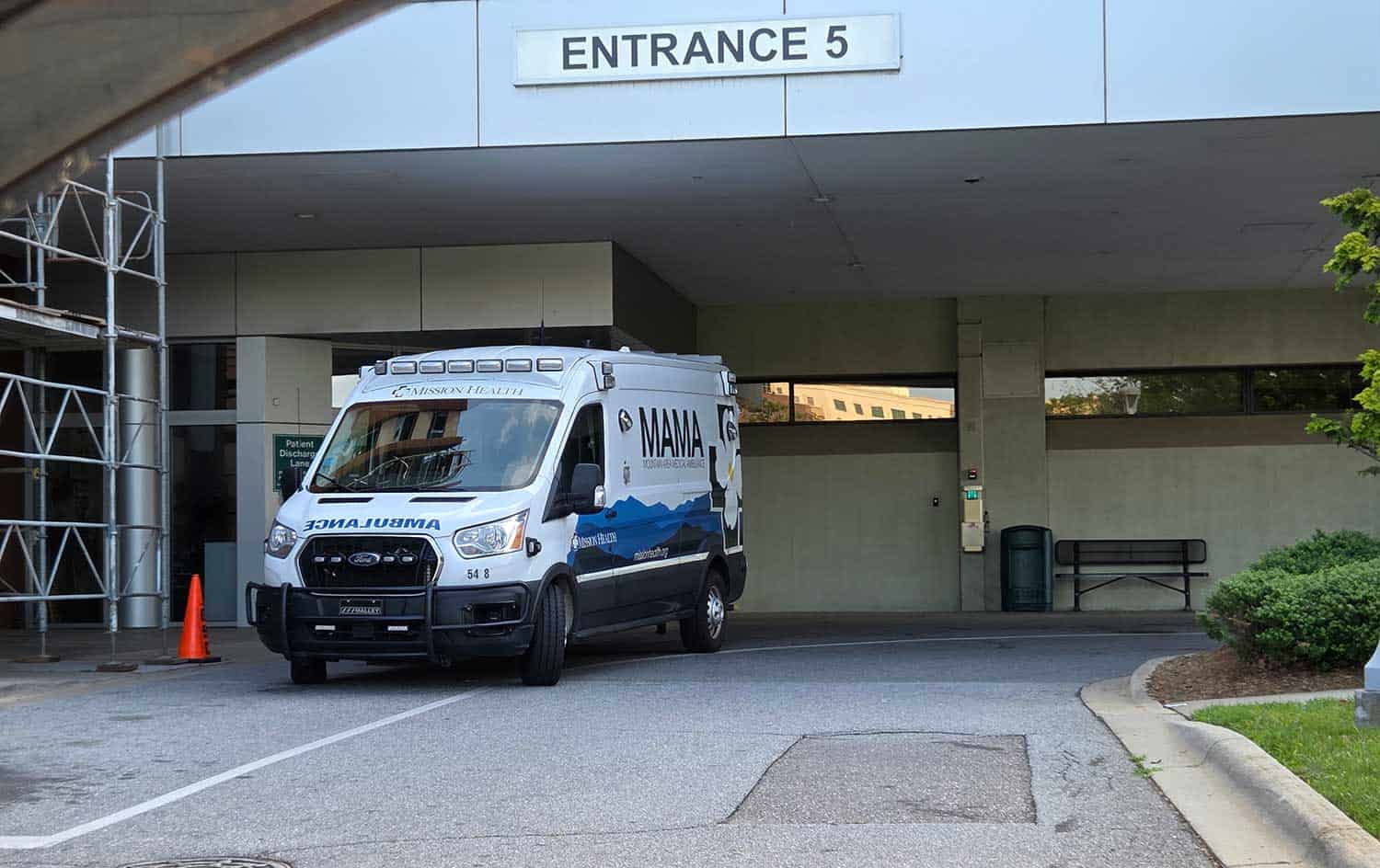Most accident victims in Buncombe County will be taken to the Mission Hospital and its Emergency Department. Those severely hurt in a major incident, like a car crash, could receive care at the Level II Trauma Center at Mission.
This is the only certified trauma center in Western North Carolina. When the specially trained doctors and advanced equipment at this Trauma Center aren’t enough to help an accident victim, patients can be transported to a Level I Trauma Center outside the area. They may end up at the Level I facilities in Charlotte or in Chapel Hill.
Where Are WNC Car Accident Victims With Traumatic Injuries Taken?
Many mountain communities have local hospitals where car collision victims can receive care. However, when victims have suffered severe injuries or are at risk of death, they may end up at the mountain area’s only trauma center.
Mission Hospital’s Level II Trauma Center has surgeons and staff ready for extreme cases at a moment’s notice. The hospital is equipped to handle traumatic orthopedic injuries with orthopedic surgeons. Specially-trained nurses and dedicated first responders all partner to provide traumatic injury care.
Victims may arrive with the help of dedicated helicopter teams known as Mountain Area Medical Airlift (MAMA).
Mission Hospital – Level II Trauma Center
509 Biltmore Ave,
Asheville, NC 28801
(828) 213 – 1111

What Types of Patients Are Taken to NC Trauma Centers?
Trauma Centers are in place to handle the most serious and life-threatening injuries. Patients with traumatic injuries are rushed to these facilities to get the best chance to survive and fully recover.
Traumatic injuries are usually caused by powerful blows or penetrating strikes to the head and body. With the speeds built up on local roads, car accidents are the most common cause of traumatic injuries in Western North Carolina. A head-on collision can damage the brain, cause spinal damage, and harm internal organs. Victims left with serious breathing problems or with multiple injuries will often end up in trauma centers.
Victims who have fallen from a great height could also need trauma center care. A gunshot or stabbing victim might require care at a trauma center. Burn victims often receive treatment at trauma centers.

What Is a Trauma Center?
It’s the first choice for patients with severe injuries because trauma centers provide immediate access to specialized surgeons, nurses, facilities, and cutting-edge medical equipment. These services are available all day and night, and around the clock. Trauma centers are usually a part of an emergency department.
In North Carolina, trauma centers are designated as Level I, Level II, and Level III. Level I is the highest certification. The certification will come from the North Carolina Office of EMS with regular check-ups after an initial designation as a trauma center. Hospitals can also receive designation from the American College of Surgeons (ACS).
Level I and Level II Trauma Centers will have the most intensive care available. These hospitals will have access to surgeons with the widest range of disciplines. They’ll house the most advanced equipment and tools to benefit patients. Level I Trauma Centers are often associated with medical programs at nearby colleges and universities. Level II trauma centers may have fewer types of specialized doctors and surgeons available.
Level III Trauma Centers will have elevated care from emergency rooms. However, these programs will often specialize in stabilizing victims until they can be transported to a Level I or II facility.
North Carolina does not designate pediatric hospitals as trauma centers, but the ACS will designate some children’s hospitals as trauma centers.
Will I Be Taken to Another Trauma Center After an Asheville Accident?
If Mission Hospital’s Level II care isn’t enough to ensure a patient’s survival and well-being, patients can be transferred to a Level I trauma center in other parts of the state. There is a Level I Trauma Center in Charlotte and in Chapel Hill in association with UNC-Chapel Hill.
There’s also a Level I Trauma Center in Greenville, South Carolina. The patient’s particular injuries and challenges will determine which hospital is selected.
University of NC (UNC) Hospitals, Chapel Hill – Level I Trauma Center
101 Manning Drive
Chapel Hill, NC 27514
984-974-1000
Atrium Health’s Carolinas Medical Center, Charlotte– Level I Trauma Care
& ACS Verification Level I Pediatric Center at Levine Children’s Hospital
1000 Blythe Blvd.
Charlotte, NC 28203
704-355-2000

Do I Need a Lawyer After a Traumatic Injury Suffered in Asheville?
If your car accident results in a serious injury, and another driver was to blame, it’s a good idea to talk over your options with a skilled Asheville Car Accident Lawyer. If you or a loved one has suffered a traumatic injury, the recovery costs will likely be very high, making insurance companies resort to tactics to try to avoid having to pay out a fair settlement.
You may need a lawyer to help make sure the blame isn’t shifted to you. A lawyer would also demand enough in support for you to cover the medical care you need now, and in the years ahead.
Contact Melrose Law to discuss your options in a free consultation with a real lawyer. We work with victims and with their families.
We serve accident victims in Waynesville, Asheville, and across Western North Carolina. If you need our help to earn more, you won’t need to have any money to hire us. We don’t get paid unless you win your case. Then our fee comes out of the car accident settlement money you are awarded.

